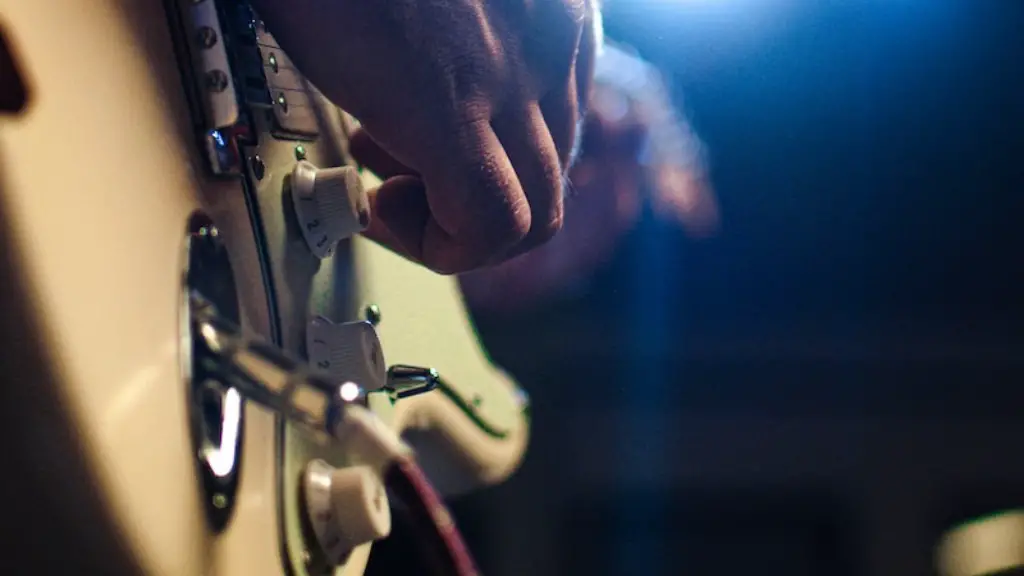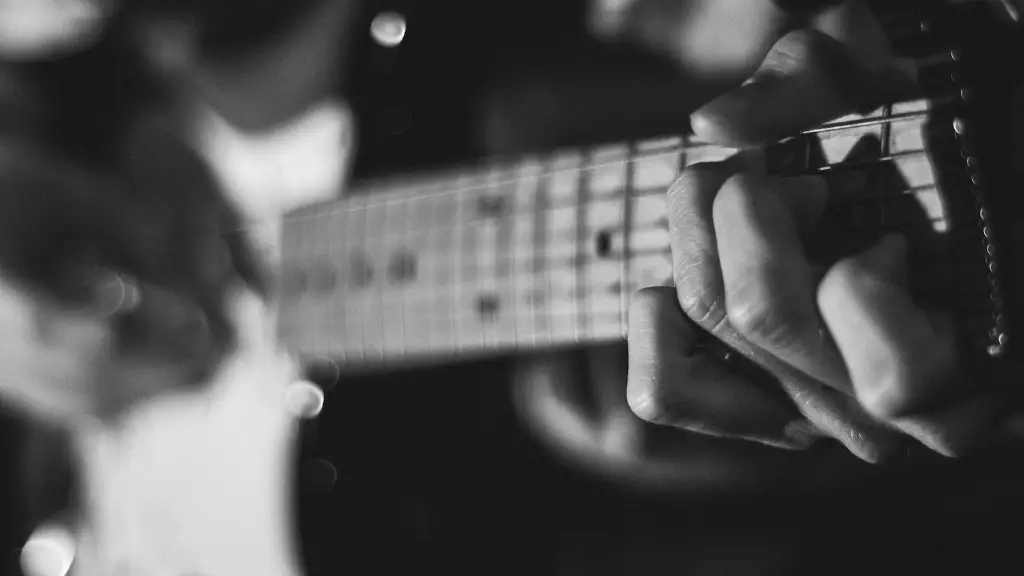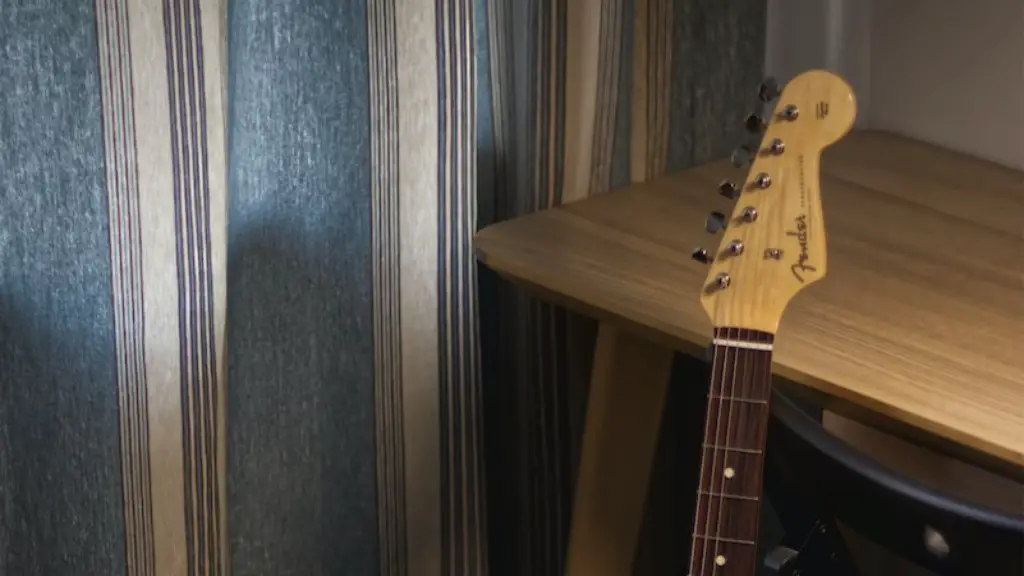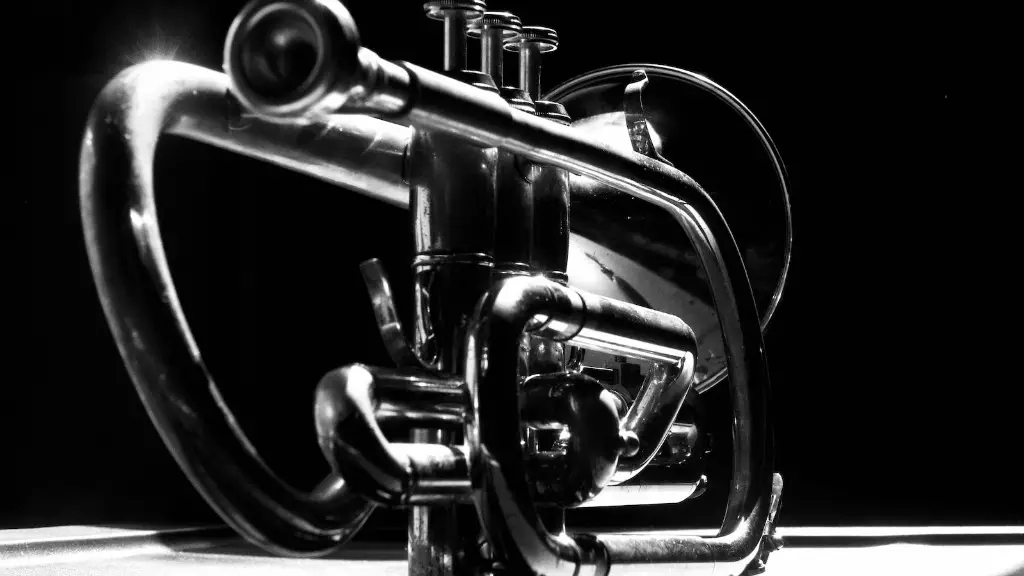Electric guitars are one of the most versatile instruments, capable of producing a wide range of sounds and tones. Whether you’re looking for a classic country twang or a modern acoustic sound, it’s possible to make your electric guitar sound like an acoustic with just a few simple adjustments.
To get started, you’ll need to adjust the settings on your amplifier and guitar to create a more mellow, rounded tone. You should also consider using different pickups and strings, as well as changing the way you play to achieve an acoustic-like sound.
Your choice of pedals can also have an effect on the sound, with some offering control over tone and others providing effects such as chorus or reverb. When combined with the right settings and techniques, these can help create an authentic sounding acoustic guitar.
Finally, experimenting with different types of amplifiers and playing styles can help you find the perfect sound for your electric guitar. With some practice and patience, you can make your guitar sing and soar like an acoustic.
Selecting the Right Strings
Electric guitars are capable of producing a variety of sounds, from mellow and jazzy to bright and twangy. To make an electric guitar sound like an acoustic, the right strings must be selected. The gauge of the strings is important; they should be lighter than normal electric guitar strings (about .09 or .010 gauge) to help produce a softer, more acoustic-like tone. Additionally, steel strings should be used instead of nickel-wound strings as steel will vibrate better and produce a clearer sound. Lastly, for a brighter sound with more sustain, opt for coated strings as these are designed to retain their brightness longer than uncoated strings. Experimentation is key in finding the perfect string set for your electric guitar.
Once you have the right strings on your electric guitar, you can further modify its tone by adjusting your amp settings and using an effects pedal or two. With the right combination of equipment and know-how, you can make your electric guitar sound like an acoustic.
Exploring Effects Pedals
Electric guitars are great instruments that provide a wide range of sounds, but they can’t quite replicate the sound of an acoustic guitar. Fortunately, there are various effects pedals that can be used to make an electric guitar sound more like an acoustic. These effects pedals can help to give your electric guitar a warmer and more natural sounding tone.
Delay pedals, reverb pedals and chorus pedals are all great for adding depth and texture to your sound. Delay pedals create echoes or repeats of your notes, while reverb will add a sense of space and atmosphere. Chorus will give your sound a wider stereo image by slightly detuning one part of the signal.
Compression is also an important effect for making your electric guitar sound more like an acoustic. Compression helps to even out the volume levels in your playing, allowing you to achieve a brighter, fuller tone. A good compressor pedal will give you better control over the dynamics in your playing as well as adding greater sustain and attack to your notes.
Using these effects together, you can create a realistic sounding acoustic tone from your electric guitar. Experiment with different settings until you find the perfect mix of effects that works for you – then enjoy having the best of both worlds!
Choosing Amplifier Settings to Make an Electric Guitar Sound Like an Acoustic
Getting an electric guitar to sound like an acoustic is a tricky task. It requires careful selection of the right amplifier settings, such as the tone and volume knobs. Start by adjusting the tone knob until you achieve a warm, mellow sound. Then, use the volume knob to increase the body and resonance of your guitar’s sound. You may also need to experiment with different effects pedals and amps to get the desired acoustic-like sound. Additionally, for a truly authentic acoustic-like sound, consider investing in a pickup specifically designed for acoustics. With these techniques, you can make your electric guitar sound like an acoustic without having to buy a new instrument.
Lastly, don’t forget that practice and experimentation are key in order to get your desired sound. Play around with different combinations of settings until you find something that works for you.
Employing Backs and Tops to Make an Electric Guitar Sound Like an Acoustic
One way to make an electric guitar sound like an acoustic is to use backs and tops. This involves replacing the electric guitar’s back and top plates with acoustic plates, which can be made from wood such as mahogany, cedar, or spruce. The wood used for the back and top plates will affect the sound of the guitar, so choosing a quality piece of wood is important. The thickness of the plates also determines the sound of the guitar. Thicker plates result in a louder and brighter sound while thinner plates generate a softer and mellower tone. Additionally, using pickups that are specific to an acoustic guitar or adjusting existing pickups to mimic an acoustic will further enhance the sound.
Once these steps are complete, it is recommended that you experiment with different strumming techniques to get the desired effect. Making minor adjustments such as changing strings or adding a humidifier can also help create a more authentic acoustic sound. With some patience and experimentation you can achieve great results!
Utilizing Equalization Techniques To Make An Electric Guitar Sound Like An Acoustic
Equalization techniques are a great way to make an electric guitar sound like an acoustic. By adjusting the frequencies of the sound, you can create a more natural and woody sounding tone. To start, you should adjust the EQ settings on your amp or effects pedals to reduce the bass and mid-range frequencies. This will help to create a more balanced and acoustic-like sound. For further enhancement, you can add some high-end frequencies to add clarity and brightness to the tone. Also, experiment with different types of reverb and delay effects as this can help to further mimic an acoustic guitar’s natural resonance. Finally, consider adding chorus or flange effects for a more dynamic and realistic tone.
Overall, by utilizing various equalization techniques such as adjusting EQ settings and adding reverb or delay effects, you can easily make your electric guitar sound like an acoustic. With enough experimentation, you’ll be able to achieve a unique and natural sounding tone.
Modifying the Instrument’s Body
The sound of an electric guitar is determined by a variety of factors, including the wood used for the body and neck, pickups, and other electronic components. If you want to make an electric guitar sound more like an acoustic one, you can modify the instrument’s body in several ways. Start by swapping out the standard wooden body for a semi-hollow or hollow body design. These types of bodies produce bright tones with more resonance and sustain than solid bodies, making them ideal for creating an acoustic-like sound. You can also try changing the pickups to ones designed for acoustic guitars – these will give more clarity and volume to your sound. Finally, adding a body-mounted preamp can boost your signal even further, giving your guitar a fuller and richer tone. With some careful tinkering and experimentation, you’ll be able to make your electric guitar sound just like an acoustic!
Final Words
To make an electric guitar sound like an acoustic, you need to invest in the right gear and software. Using a good quality microphone and audio interface, you can capture your electric guitar’s sound and process it in a DAW to achieve a more natural acoustic tone. EQ, compression and reverb plugins can help shape the tone further, while using impulse responses can help you recreate the unique sound of various acoustic guitars. Making an electric guitar sound like an acoustic requires some effort, but the results are definitely worth it.
Overall, making your electric guitar sound like an acoustic is possible with the right gear and software. By understanding what kind of sounds you want to achieve and how to use audio plugins effectively, you will be able to create convincing acoustic-like tones for your recordings.





